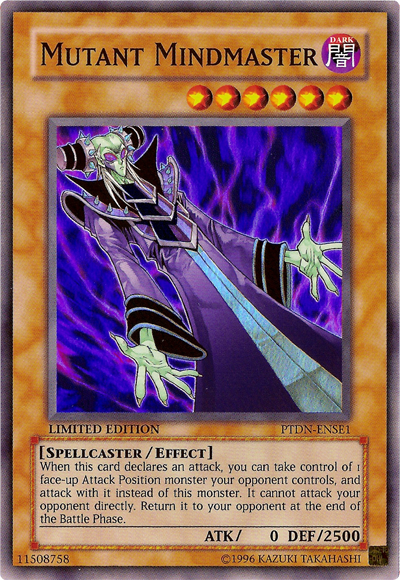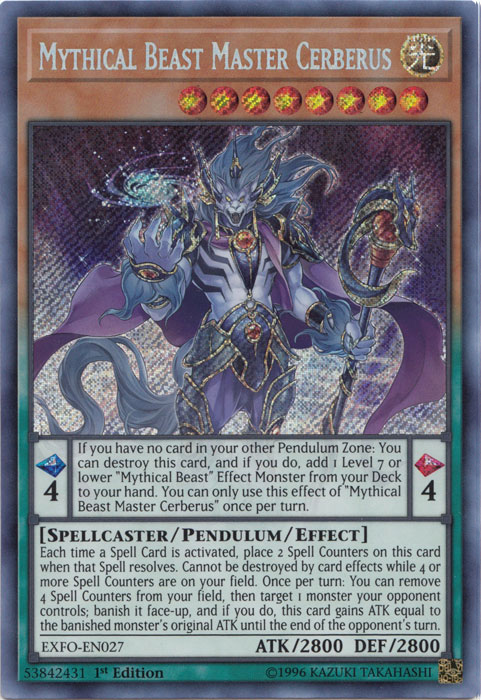


Chinese whispers made out that Drout had discovered a previously unknown Tolkien manuscript, but that was nonsense – the translation had been catalogued at the Bodleian for years. In 2003 its editor, American Anglo-Saxonist Michael DC Drout, wanted to go on to publish Tolkien's 1926 translation of the poem. Such is the interest of Tolkien's scholarship on Beowulf, both to his fans and to academics, that his much longer draft of the 1936 paper has already been published. Photograph: Time & Life Pictures/Getty Image "Even today (despite the critics) you may find men not ignorant of tragic legend and history, who have heard of heroes and indeed seen them," he wrote in his lecture in the middle of the disenchanted 1930s. Tolkien, veteran of the Somme, knew that it was not. Without the monsters, the peculiarly northern courage of Beowulf and his men is meaningless. He argued that they represent the impermanence of human life, the mortal enemy that can strike at the heart of everything we hold dear, the force against which we need to muster all our strength – even if ultimately we may lose the fight. Likening the poem to a tower that watched the sea, and comparing its previous critics to demolition workers interested only in the raw stone, Tolkien pushed the monsters to the forefront. But in order to study all these details, academics dismissed as childish nonsense the fantastical elements such as Grendel the monster of the fens, his even more monstrous mother and the dragon that fatally wounds him at the end.

And, on top of the story of Beowulf and his battles, it carries fragments of even older stories, now lost. Beowulf gives a rich picture of life as lived by the warrior and royal classes in the Anglo-Saxon era in England and, because it is set in Sweden and Denmark, also in the period before the Angles, Saxons and Jutes arrived on these shores. Up to that point it had been used as a quarry of linguistic, historical and archaeological detail, as it is thought to preserve the oral traditions passed down through generations by the Anglo-Saxon bards who sang in halls such as the one at Rendlesham in Suffolk, now argued to be the home of the king buried at Sutton Hoo. Tolkien's academic work on it was second to none in its day, and his 1936 paper "Beowulf: The Monsters and the Critics" is still well worth reading, not only as an introduction to the poem, but also because it decisively changed the direction and emphasis of Beowulf scholarship.

Written down sometime between the eighth and 11th centuries – a point of ongoing debate – its 3,182 lines are preserved in a manuscript in the British Library, against all odds. But Tolkien's expertise on Beowulf and his own literary powers give us every reason to take it seriously.īeowulf is the oldest-surviving epic poem in English, albeit a form of English few can read any more. Edited by his son Christopher, now 89, it will doubtless be seen by some as an act of barrel-scraping. It is just the latest of a string of posthumous publications from the Oxford professor and The Hobbit author, who died in 1973. T his week, HarperCollins announced that a long-awaited JRR Tolkien translation of Beowulf is to be published in May, along with his commentaries on the Old English epic and a story it inspired him to write, "Sellic Spell".


 0 kommentar(er)
0 kommentar(er)
